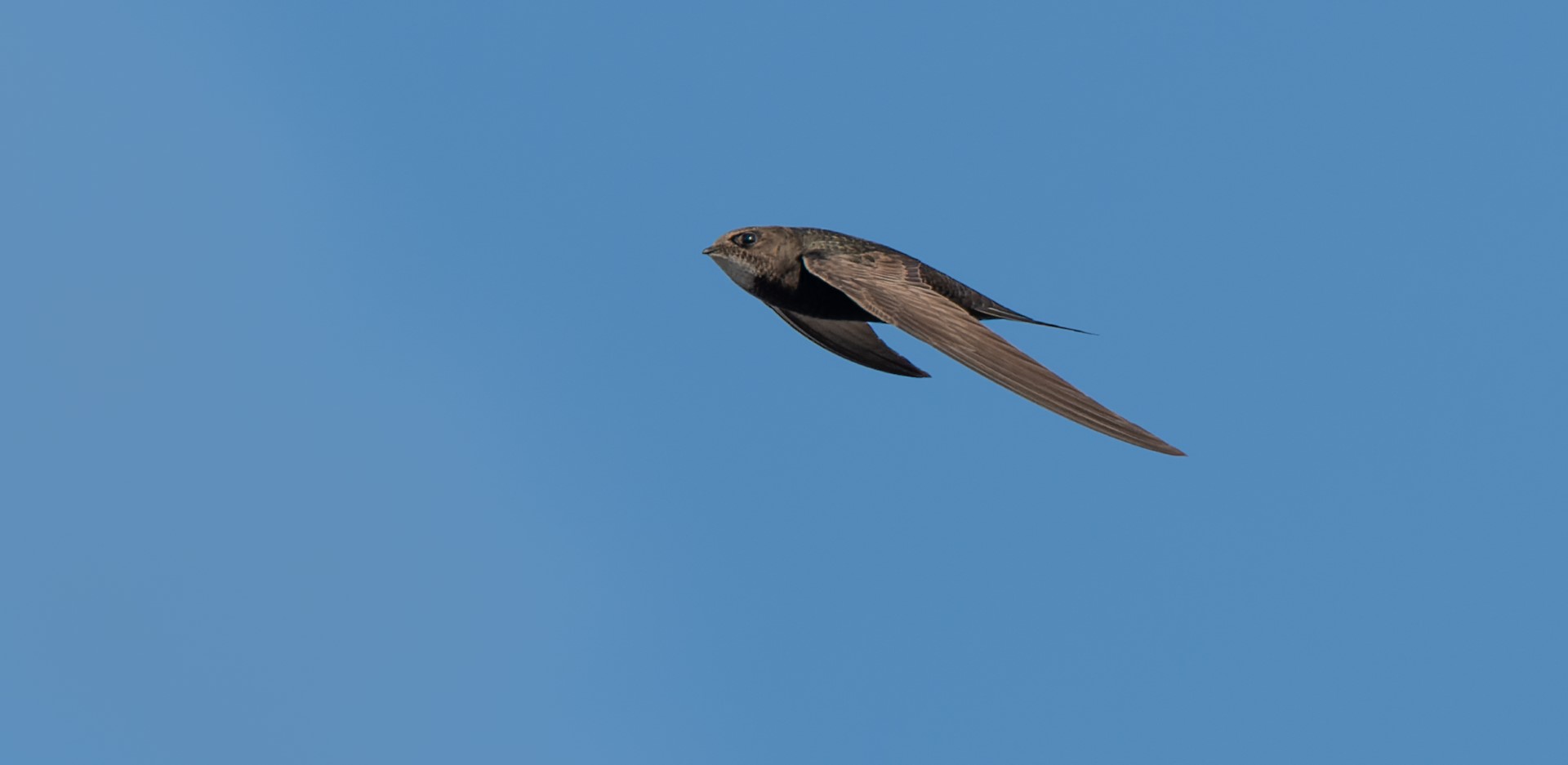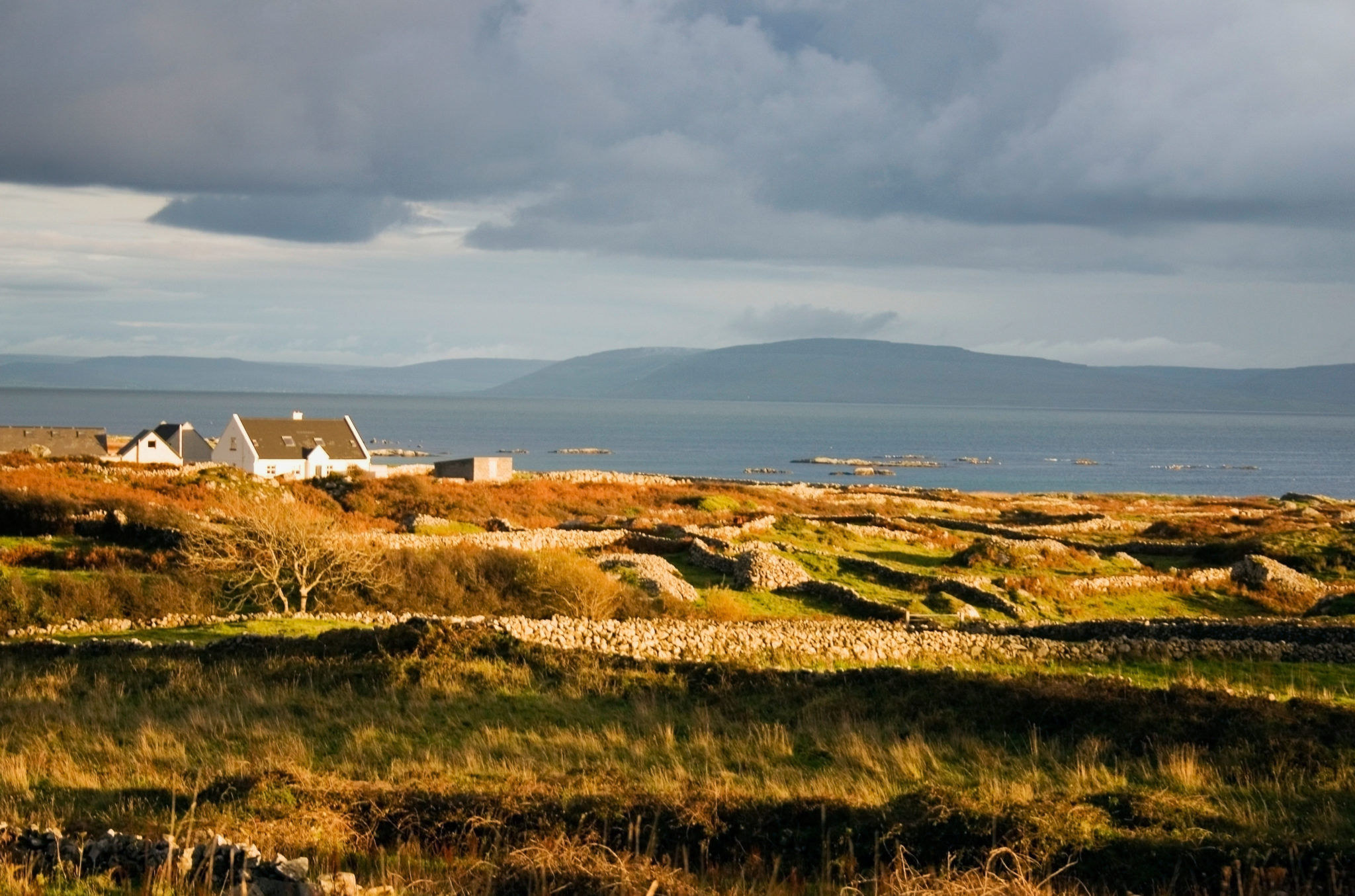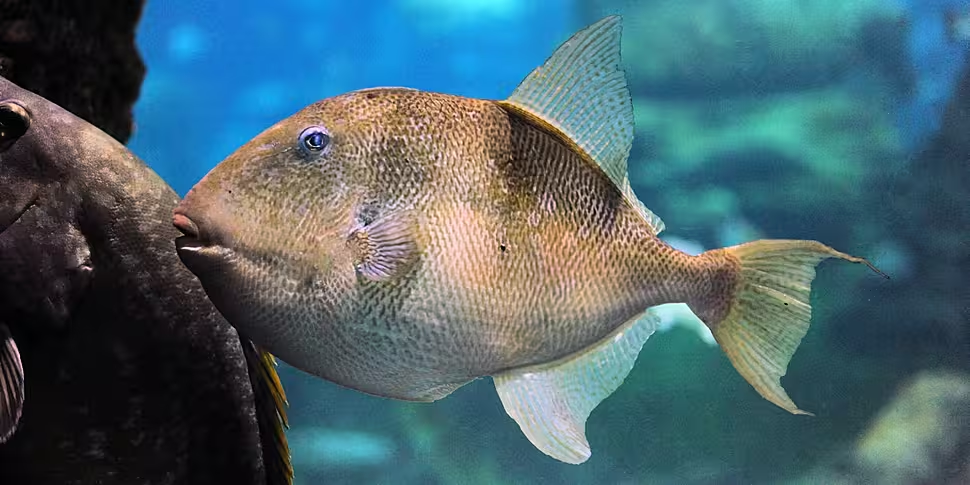Climate change is bringing new species of fish to Ireland’s shores.
Scientists have long warned that changes in global weather puts at risk the survival of certain species of animals and birds.
In Ireland, extreme weather events and the decline of the insect population - both of which are linked to climate change - have been cited as a factor in the catastrophic decline of the swift population in recent years.
 A swift. Picture by: Photos by Brenda Sheridan for Trinity College Dublin.
A swift. Picture by: Photos by Brenda Sheridan for Trinity College Dublin.Scientists also believe warmer temperatures could force certain species of fish, such as cod, salmon and eels, into deeper, cooler waters in order to survive.
However, just as climate change threatens certain species, it is also expanding the habitats of other species as well.
“The impact of climate change and the climate crisis can be seen quite easily given the incidences of the changes of temperature in the water,” Gary from Galway Atlantaquaria told Josh Crosbie for Newstalk Breakfast.
“The incidences of different species coming up towards Ireland - one would be the trigger fish that have started to migrate up towards warmer waters.
“So, you’re finding more out in Galway Bay.”
 BRA74C Galway Bay, Co Galway, Ireland; Bay Near Spiddal
BRA74C Galway Bay, Co Galway, Ireland; Bay Near SpiddalNot just fish
The phenomenon is not unique to fish; since the new millennium Rosy Wave, Orange Sallow and Blair's Shoulder-knot moths have been spotted along the east coast of Ireland - none of whom were ever recorded in Ireland prior to the turn of the millennium.
According to A Climatic Atlas of European Birds, the average European bird will be forced to extend its habitat a further 550km north and its size will drop by around a fifth due to the pressure.
In the ocean, climate change and pollution has transformed huge tracts beyond recognition.
“Currently, there’s an issue of dead zones in the ocean where there’s actually no life in these areas of ocean,” Gary said.
Dead zones are where oxygen levels have fallen so low that most life cannot survive and researchers from the US Smithsonian Environmental Research Centre believe they have increased tenfold in number since 1950.
Main image: Grey triggerfish (Balistes capriscus or Balistes carolinensis) is a marine fish native to Atlantic Ocean and Mediterranean Sea. Picture by: Alamy.com









